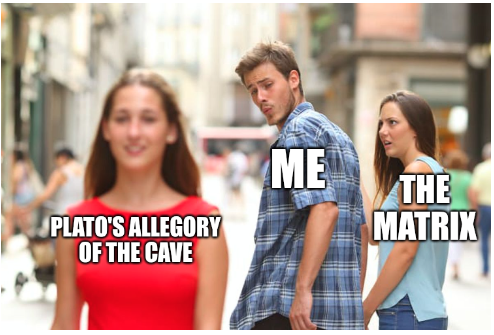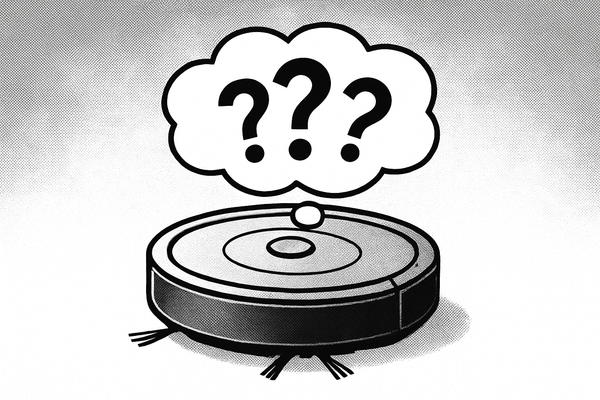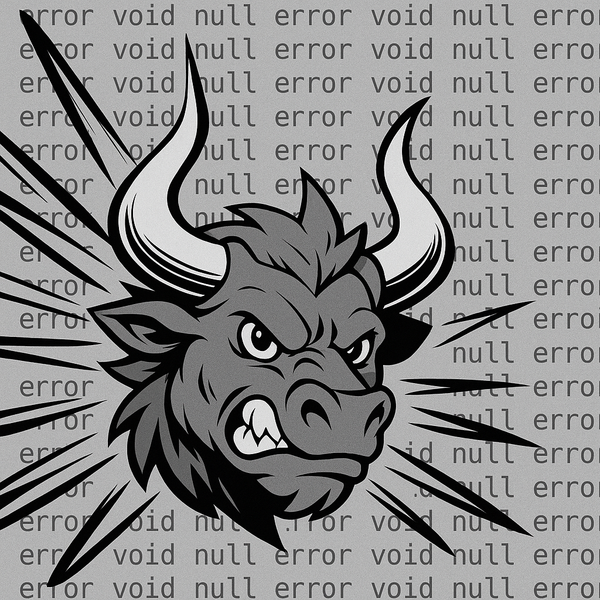7 Steps towards AI Literacy
🎵Now you know your AI, B, C's, won't you come and sing with me?🎵

At this point, you cannot afford to have no view on AI unless you want to get left behind. Arm yourself. Yes, it’s difficult, intangible, nebulous. It’s not like those mobile devices that you can hold in your hand, a finite physical form factor. AI is sprawling, unruly, unpredictable and, with the right direction, extremely powerful.
I keep hearing people say we need more AI literacy, but I hear way fewer people defining what <<AI Literacy>> might mean. It’s a great claim to make if you want people to nod their heads sagely in meetings but you don’t want to present actual answers. Don’t you sound smart? Here’s a gold star.
Those aren’t my people and this is my effort at AI Literacy 101.
Thanks for reading! Subscribe for free to receive new posts and support my work.
First off, let’s define our terms. What’s the “AI” in “AI literacy” here?
So, when I say “AI”, I’m talking about generative AI: ChatGPT, Claude, Gemini, Dall-E. A system that has been trained on the kind of dataset the size of which is unimaginable to humans, and that uses that data to generate text, images, video, audio.
So, what’s the most basic knowledge you need when you use AI to generate images, brainstorm ideas, translate, create project plans, write code or summarise that far too long email that your least favourite project manager always writes instead of actually delivering the work?
Here are the 7 Steps:
- When it comes to trust and AIs, less is more. You’ll need to verify any AI’s output by fact checking. Dates, quotations, numbers, sources. Where does it get its ideas from? Check and check again. You don’t have to check, you can just accept that there will be fabrications and (usually) non-malicious falsehoods and factor those in as the cost of doing business with AIs.
- Remember it’s a system, not a person. Generative AI is a sophisticated prediction engine specialising in producing the ‘next most likely X’. It has internalised that ‘shall I compare thee to summer’s…’ is most likely followed by ‘day’ and that ‘wasp’ is highly unlikely. However articulate or flattering it is, don’t mistake it for an actual living, breathing human. Avoid anthropomorphising, AIs don’t think or see or feel. Their ‘speech’ is based on numerical probabilities around what word comes next, there is 0% emotion, knowledge or reasoning behind it.
- Be circumspect. Your data is AI’s fuel. What are you helping to power through the data you input? Who benefits from the data you enter? You… and who else? This especially applies to any professional setting where you’re entering proprietary company data into an AI. You think you’re just finessing that report but you’re also throwing your company’s data into a one-way lockbox that someone else owns.
- Always assume that once your data is submitted to the AI, you no longer have any expectation of privacy around that data. Yes, I know it says it won’t use your data for training the AI if you push the toggle to enable that but, at this point, how much do we all trust Big Tech to Do The Right Thing?
- Expect bias from your AI. It’s most likely to be trained on what’s available on the Internet. That world built largely by white, Western men for white, Western men. Bias is a stubborn stain that’s hard to wash out but still leaves your output whiter than white. Ask yourself, not the AI, whose perspectives are missing? How can I increase the inclusivity of this output?
- If you want bespoke content, you’ll need to train or otherwise configure the AI. It’s been trained on a massive dataset. This means it will generate the average of all its related input data. That’s why, without explicit direction, you get such hot garbage adverb-rich, em-dashed-to-death convoluted text generation when all you wanted was a crisp email to chase up that invoice. Your AI has learned from the aggregated average, not the greats.
- Don’t worry if you don’t get how AI does what it does. Nobody can say exactly what happens under the hood and how exactly the AI is working. Nope, not even the engineers who created it. Inside, there are myriad shifting, amorphous layers that configure and reconfigure themselves to shape the output data as it travels through the AI’s processes.
Bonus Round: Thinking about AI and what it is and what that means gets a lot easier if you have even the most basic grounding in philosophy.
Sounds too much like school, you say?
You don’t have time for that, you say?
Console yourself that you can explore these concepts using all the space in your head where you used to keep facts before everything was searchable on the Internet.
If a starter kit on questions such as “what is intelligence?”, “what does it mean to be conscious?”, sounds appealing to you, I link to some entry-level books in my post “Look Busy, the Robots are Coming!”
Or, if you’re not coming from a cold start, and you want a foundational text in exploring consciousness, try Thomas Nagel’s “What Is It Like to Be a Bat?” on for size if you haven’t already.
That’s how I define “AI Literacy”. I’ve shown you mine, now you show me yours.
Thanks for reading! Subscribe for free to receive new posts and support my work.




